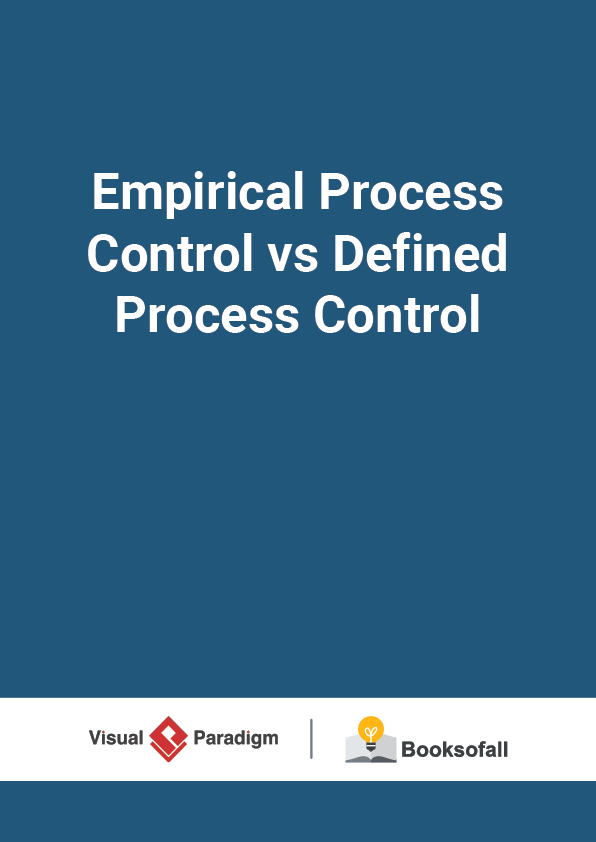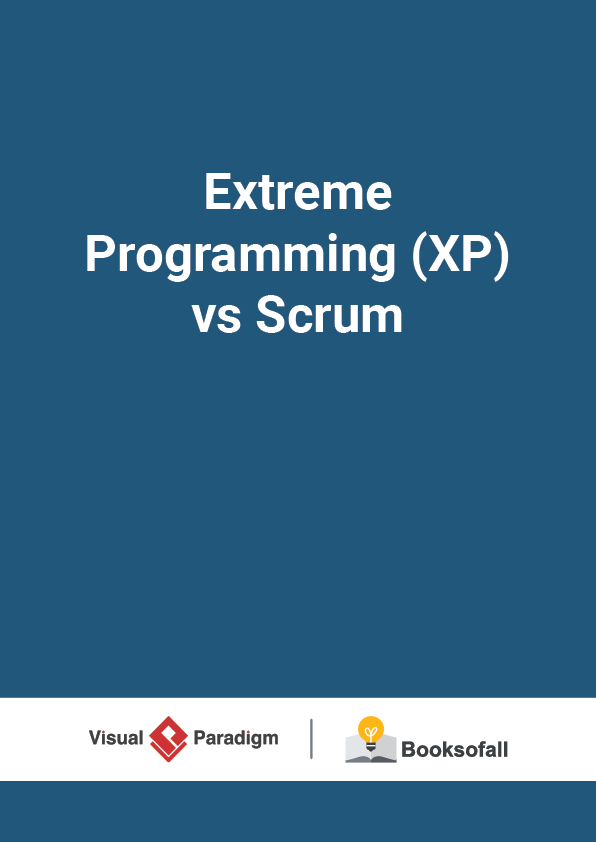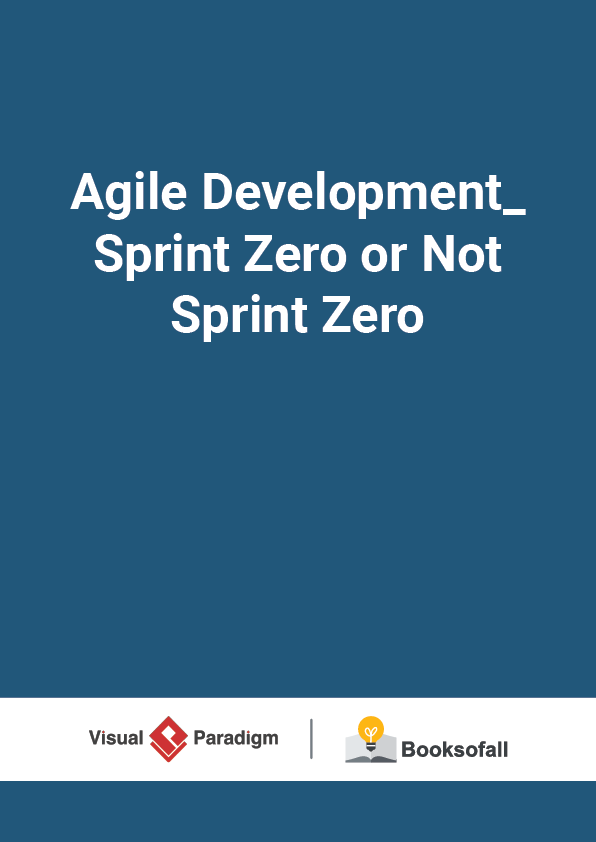How Scrum or LeSS Apply Empirical Process Control Principle?
6-7 minutes
Empirical process control is a core Scrum principle and distinguishes it from other agile frameworks. The Scrum Guide puts it well:
“Scrum is not a process or a technique for building products; rather, it is a frame work within which you can employ various processes and techniques. Scrum makes clear the relative efficacy of your product management and development practices so that you can improve.”
Meaning of Empirical Process Control
Both SCRUM and LeSS Framework adopt an empirical approach (or sometimes called empiricism) to adapt to the changing requirements of the customer. Empiricism is the act of making decisions based on what is experienced. The empirical approach means working in a fact-based, experience-based, and evidence-based manner, and in particular, progress is based on observations of reality, not fictitious plans based on a large number of upfront requirements.
With empirical process control, we don’t fix the scope of the product nor the processes of how to build it. Instead in short cycles, we create a small shippable slice of the product, inspect what and how we create it and adapt the product and the way we build it, with built-in mechanisms for transparency to enable clear inspection. I
n short, we can learn and improve upon past mistakes and experiences. The three pillars of Scrum that uphold every implementation of empirical process control are Transparency, Inspection, and Adaptation as shown in the Figure below:
Transparency
Transparency in Scrum can be realized by scrum tools such as Product Backlog, Task Boards and Burndown charts, Daily Stand-ups, Retrospectives, Definition of Done, Sprint Reviews, etc. These are used to transfer the flow of work through a cross-functional team. This is one of the key advantages in SCRUM – allowing visibility with regards to the progress of work and team. This means when the team is achieving its goal, those responsible for it can be recognized and appreciated for the efforts.
Inspection
Scrum artifacts must be frequently inspected and progress towards a goal to detect undesirable variances. Inspection in Scrum can be realized by scrum activities such as:
Use of a common Scrum board and other information to make clear of the current status of the project for everyone
Collection of feedback from the customer and other stakeholders during the Develop Epic(s)
Create Prioritized Product Backlog, and Conduct Release Planning processes
Inspection and approval of the Deliverables by the Product Owner
The customer in the Demonstrate and Validate the Sprint process
Adaptation
In an Agile world, we always embrace and Adapt changes, so that we can constantly improve. Adaptation means that we change what does not work or what could work better. It means that we constantly run small experiments, keep what is working and change when we fail. We use the results from our inspections to decide which experiment to run next, for example:
- Development Team, Inspect and Adapt on daily basis during Daily Stand-up ceremony.
- Sprint Review is another ceremony where Scrum Team will ask for feedback from all stockholders and Adapt accordingly.
- During Sprint Retrospective, Scrum Team discusses internally issues and opportunities for improvements. They will prepare and Adapt a new plan as a team to generate more value.
Empirical Process Control vs Defined Process Control
Why is Scrum based on empirical process control? Because central to the insight of Scrum is that product development is too complex a domain—and with too much variation between product groups—for an elaborate set of “canned” defined process control formulas.
As shown in the Figure below, an empirical process control expects the unexpected, while defined process control expects every piece of work to be completely understood in the upfront.











